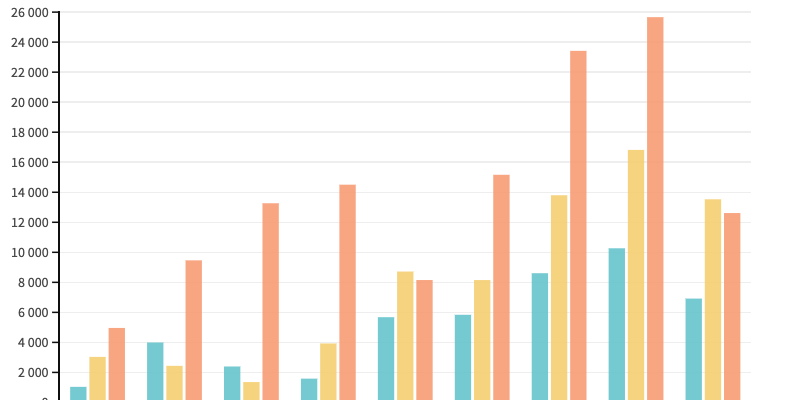127 207. This is the number of people from North Africa who crossed Italy in 2023 to reach the Italian coasts, gateways to the European Union and the Schengen Area.
This is approximately twice as much as in 2022 and four times as much as in 2021, even though the year is not over. In the month of August alone, 25,664 migrants entered Italy, a large part of them on the island of Lampedusa, the closest to the African continent. And September is set to break records, with already 12,616 arrivals during the first half of the month.
It is therefore no coincidence that Ursula von der Leyen chose this small piece of land approximately 130 km from Tunisia to unveil, on Sunday September 17, her emergency plan intended to manage the emergency of migratory flows towards the ‘Italy. In ten points, the President of the Commission proposed a “European response” and called on member countries to welcome some of the migrants arriving on its soil. Among the main avenues: a strengthening of the Frontex border guard agency in order to better register arrivals or even an improvement in dialogue with the main emigration countries.
The central Mediterranean, which connects North Africa – notably Libya and Tunisia – to Europe, is the most dangerous maritime migration route in the world: more than 2,000 migrants have died attempting this crossing since the start of the year, according to the International Organization for Migration (IOM).
